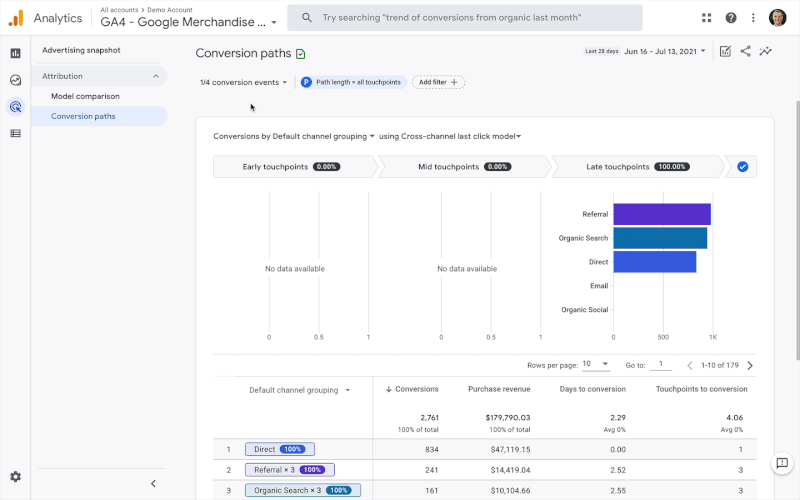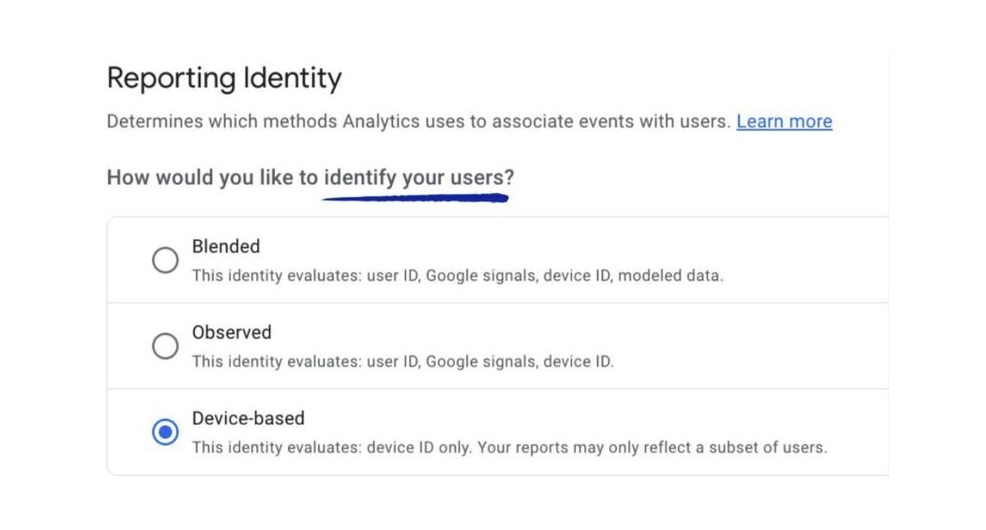What’s your attribution setup like?
You know when someone’s asked about their relationship, and they just sigh: “It’s complicated…”
That’s exactly how most companies talk about attribution. Same energy. Same look of pain.
It sounds dramatic — and honestly, it kind of is.
Usually, it means users are jumping between funnels, platforms, sales reps, websites, apps, offline brochures from 2019, and maybe even a billboard thrown in for good measure.
And the moment someone says “let’s measure this,” half the team disappears behind a wall of post-its and vague muttering about GTM setups.
But is it really that bad?
It can be. Especially if no one’s clear on what you’re actually trying to measure: purchases, MQLs, signups, good vibes (LOL)?
That’s when teams fall into the trap of sticking with default attribution in GA4 or whatever’s built-in — and reach for the ultimate corporate security blanket:
“Why did paid traffic drop?”
“Well… you know, our attribution is complex.”
“What’s complex about it?”
“Oh, let’s not get into that now…”
Absurd? Yes.
Understandable? Also yes.
Complexity makes people feel safe. It’s a great way to avoid making decisions.
But here’s the thing — business doesn’t wait.
Should we increase budget or cut it? Kill the channel or optimize it? Launch the campaign or test first?
You can’t answer any of that if your answer to everything is “it’s complicated.”
Everyone’s setup is messy. But some companies make decisions and grow. Others hide behind the chaos.
The real problem isn’t your attribution model. It’s not knowing its limits — or pretending you don’t have any.
Here’s a simple example:
If you’re running a B2B SaaS and don’t ask users how they heard about you, you’re basically doing analytics with one eye closed and your head in a bucket.
Just two quick survey questions can give you more clarity than ten pages of GA4 reports.
So what should you do?
Don’t wait for perfect. Work with what you’ve got:
• Track key events (first visit, signup, purchase)
• See which channels bring people in
• See which ones help convert
• Accept the error margin — and stop pretending you’ve cracked the code
That’s enough to:
• Cut underperforming channels
• Double down on what works
• Experiment smartly where things are fuzzy
Need more precision?
Sure — add surveys, enrich with CRM data, play with model comparison.
What not to do?
Use “it’s complicated” as a blanket excuse.
Because messy attribution isn’t the problem.
Doing nothing about it is.
Want to get all my top Linkedin content? I regularly upload it to one Notion doc.
Go here to download it for FREE.



